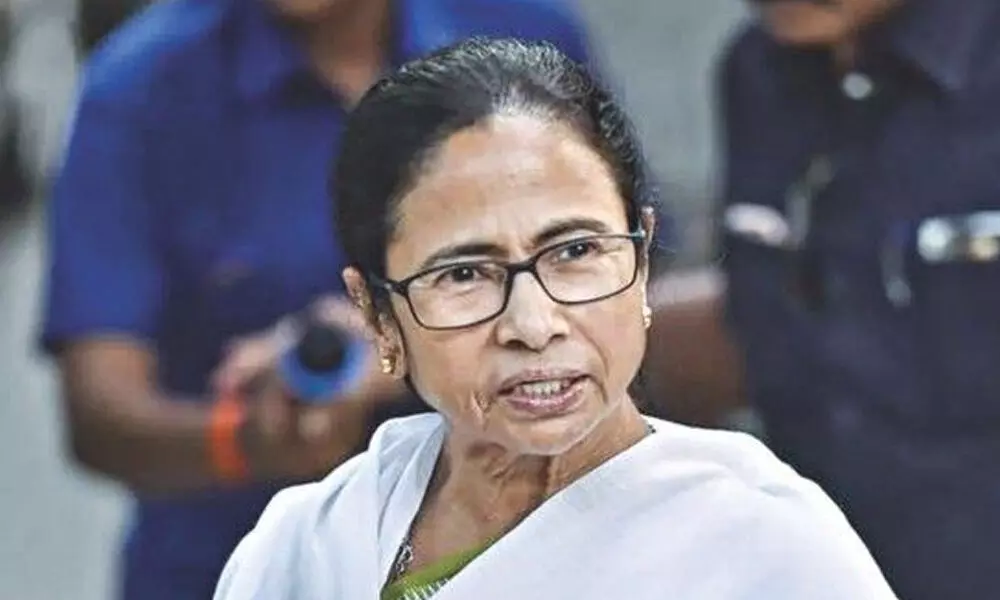How Mamata's cash dole-outs to puja committees could add value to GDP?
f you have landed up in Kolkata over the last couple of days or if you are landing up now, you would certainly find the ‘city of joy’ wearing a different look- a much brighter, more colourful, much more thriving and vibrant
image for illustrative purpose

If you have landed up in Kolkata over the last couple of days or if you are landing up now, you would certainly find the 'city of joy' wearing a different look- a much brighter, more colourful, much more thriving and vibrant. Durga puja, Bengal's greatest festival is here. The last year was different, thanks to the Covid pandemic, job losses and other factors. But this time round, it's like the Phoenix has risen from the ashes. Thriving shopping joins - from hawkers' corners to shopping malls and large format stores, magnificently decorated and well lit-up pandals of all sizes, magnitudes and themes, city streets and allies wrapped up in bill boards, flexes and sunpack boards - all reflect this festival spirit. Going by the total length and breadth of the billboards across the city (with not an inch left) the notion of a 'dying city' or a low-business city appears completely misconstrued and far from truth. Advertisers are no fools to be so extra-ordinarily generous in their wallets just for nothing.
Local EMU trains are yet to start plying, there are still restrictions albeit at a much lower degree, night curfews are still on although for a lesser period, pandal hoppers are still not allowed to go inside the pandals - but they simply failed to dampen the festival spirit. Chief Minister Mamata Banerjee, who had earlier been criticised for doling out funds to puja committees and clubs, is virtually running from one part of the city to the other, throwing open pandals, letting people get immersed into this festival spirit.
These all round increased activities have understandably given a boost to what is known in economic parlance as velocity of circulation of money. Velocity of Circulation refers to the average number of times a single unit of money changes hands in an economy during a given period of time. It is the frequency with which the total money supply in the economy turns over in a given period of time. Mind you that the formula is Gross Domestic Product (GDP) = Money Supply x Velocity of Circulation. Therefore, even if the money supply is low or constant, a higher velocity of circulation results in a higher gross domestic product (state or national). As the number of transactions increases, so does the velocity of circulation. Regularity of income also enables people to spend their money more freely, leading to a rise in the velocity of circulation.
Therefore, Mamata Banerjee's political detractors who often criticise her over enthusiasm in promoting and encouraging fairs and festivals, being oblivious of apparently more critical economic issues, may be mistaken. There may actually be a method in her madness.
Having said these, one must remember that there is a conflict of belief between Monetarists and Keynesian economists regarding the concept of velocity of circulation of money. Monetarists believe in the stability of the velocity of circulation and argue that there is a direct relationship between money supply and price levels and between the rate of growth of money supply and rate of inflation. On the other hand, Keynesian economists believe that the velocity of circulation is an unstable concept that can change rapidly, leading to changes in the money supply. The only word of caution is that a high velocity often indicates a high degree of inflation also.

